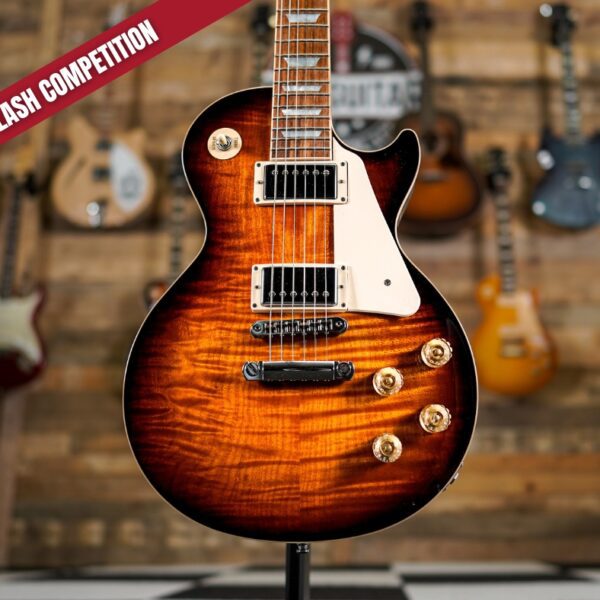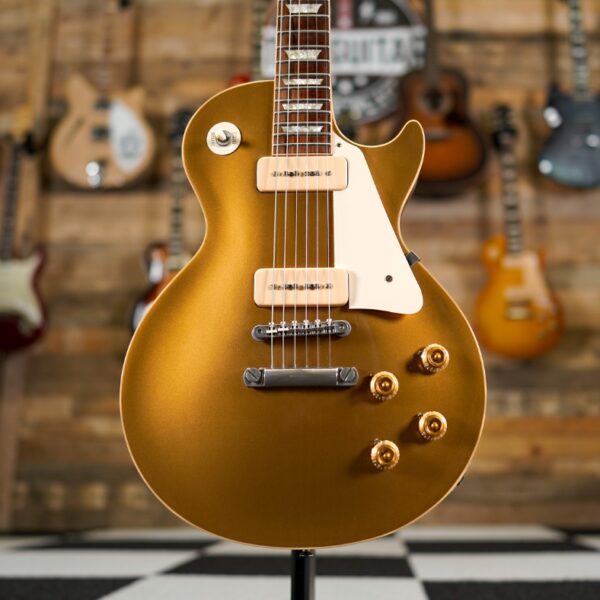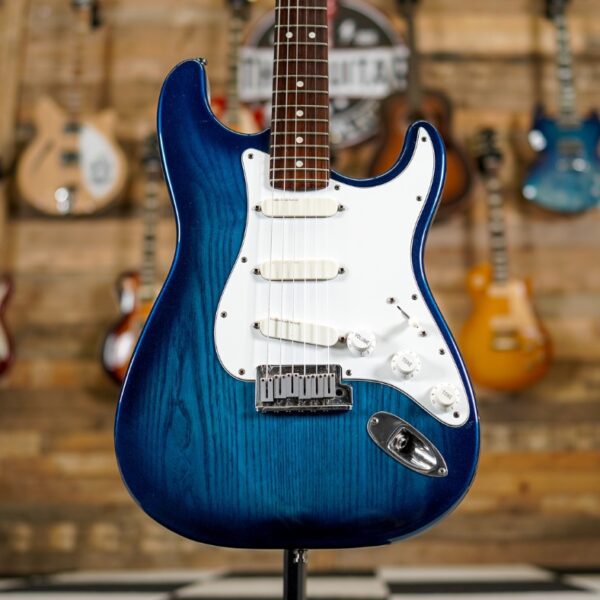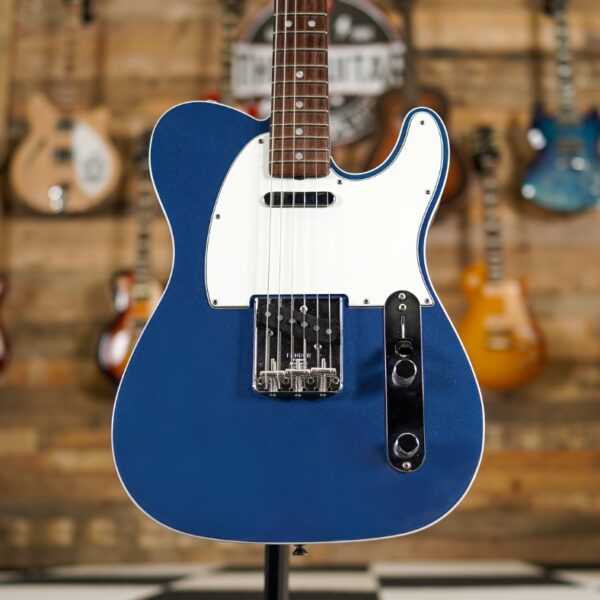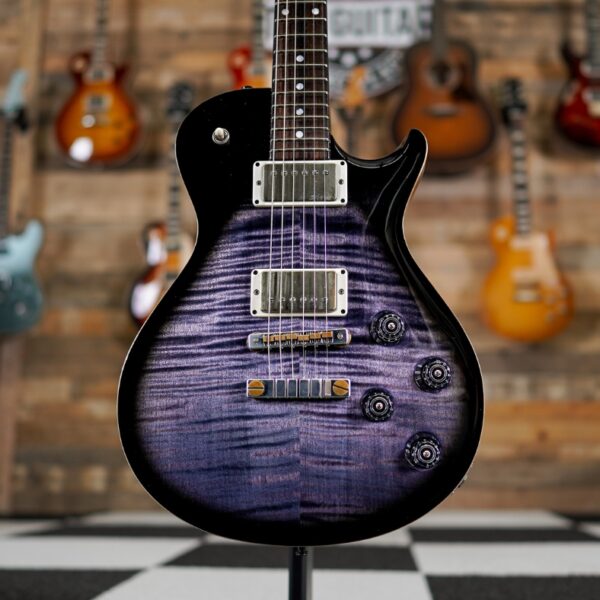April 25, 2023 | Posted in Guitar History

The acoustic guitar is one of the most iconic and recognizable instruments in the world. From its humble beginnings as a simple stringed instrument played by troubadours and minstrels, the guitar has evolved over centuries to become the versatile and popular instrument we know today. The history of the Acoustic Guitar really is a history worthy of our attention!
The acoustic guitar dates back to ancient times when early civilizations across the globe created stringed instruments that eventually led to the modern-day guitar. These early instruments were simple and crude, made from materials such as wood, bone, and animal gut.
It wasn’t until the Renaissance period in Europe that the guitar began to take on its more recognizable form. During this time, the instrument was refined and improved upon, with the addition of frets and the use of more sophisticated materials like rosewood and ebony.
In the centuries that followed, the acoustic guitar continued to evolve, with new styles and designs emerging in different regions of the world. From flamenco guitars in Spain to flat-top guitars in America, the instrument continued to adapt to the needs and preferences of different musicians and styles of music.
Today, the acoustic guitar remains a beloved and ubiquitous instrument, played by musicians of all genres and skill levels. Its rich history and evolution continue to fascinate and inspire music lovers around the world.

The Early Origins of the Acoustic Guitar
One of the earliest known examples of a stringed instrument resembling a guitar comes from ancient Egypt, where archaeologists have discovered depictions of musicians playing instruments that resemble the modern-day guitar. Similar instruments have also been found in other ancient cultures, including the Sumerians and Babylonians.
In Europe, the guitar began to take on a more recognizable form during the Renaissance period. It was during this time that the first guitars with frets were developed, allowing musicians to play more complex melodies and chords. The guitar also began to be made with more sophisticated materials, such as rosewood and ebony, which improved its sound quality.
By the 16th century, the guitar had become a popular instrument among troubadours and minstrels in Europe. These travelling musicians would perform for crowds in taverns and town squares, often accompanied by other instruments such as the lute and the harp.
However, the guitar’s popularity began to wane in the 17th and 18th centuries, as other instruments such as the piano and the violin gained popularity. It wasn’t until the 19th century that the guitar experienced a revival, thanks in large part to the work of Spanish guitar makers such as Antonio de Torres Jurado, who is credited with developing the modern classical guitar.
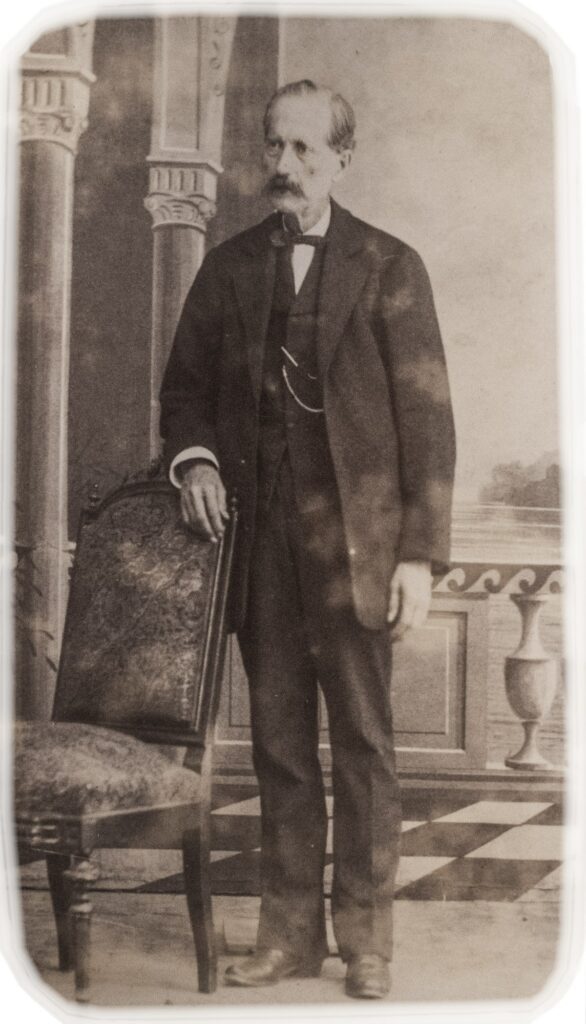
Overall, the early history of the acoustic guitar is a complex and fascinating tale, with the instrument evolving over centuries and across different cultures. Despite its humble beginnings, the guitar has gone on to become one of the most beloved and iconic instruments in the world.
The Rise…
The rise of the acoustic guitar began in the 19th century, as the instrument experienced a revival thanks to a number of factors. One of the key figures in this revival was Spanish guitar maker Antonio de Torres Jurado, who is credited with developing the modern classical guitar. Torres’ innovations, such as a wider body and a more curved neck, improved the sound quality of the guitar and made it more comfortable to play.
Around the same time, the guitar began to gain popularity in America, particularly in the southern states where it became associated with blues music. Musicians such as Robert Johnson and Blind Lemon Jefferson helped to popularize the guitar as a solo instrument, playing complex fingerpicking patterns that showcased the instrument’s versatility.
The guitar’s popularity continued to grow throughout the 20th century, with the development of new playing techniques such as strumming and flatpicking. The advent of radio and recordings also helped to spread the sound of the guitar, as musicians could now be heard beyond their local communities.
In the 1960s, the acoustic guitar experienced another surge in popularity thanks to the folk music revival. Musicians such as Bob Dylan and Joan Baez used the guitar to tell stories of social and political upheaval, making the instrument a symbol of a new generation of artists.
Today, the acoustic guitar remains a beloved and ubiquitous instrument. From classical guitarists to country pickers, the guitar’s versatility and accessibility have made it an enduring icon of musical expression.
To learn more about Bob Dylan and his Acoustic Guitars follow the link below!
The Anatomy of Acoustic Guitars
Understanding the anatomy of the acoustic guitar is essential for any aspiring guitarist. The guitar is made up of several key components, each of which plays a vital role in producing its unique sound.
The body of the guitar is perhaps the most recognizable component. It is typically made from wood and features a hollow chamber that amplifies the sound produced by the strings. The body of the guitar is divided into two sections: the upper bout and the lower bout. The waist, or the narrowest part of the body, separates the two sections.
The soundboard, or top, of the guitar is another important component. It is typically made from a thin piece of spruce or cedar and is responsible for producing the majority of the guitar’s sound. The soundboard is supported by internal bracing, which helps to strengthen the top and prevent it from collapsing under the tension of the strings.
The neck of the guitar is attached to the body at the guitar’s heel and is typically made from a single piece of wood. The neck is divided into frets, which are the metal strips that run perpendicular to the strings. The player presses down on the strings behind the frets to produce different notes.
The headstock is located at the top of the guitar’s neck and is where the tuning pegs are located. The tuning pegs allow the player to adjust the tension of the strings to achieve the desired pitch.
Finally, the bridge of the guitar is located on the body of the guitar and holds the strings in place. The saddle, a small piece of bone or plastic, is located on the bridge and helps to transfer the vibrations of the strings to the soundboard.
Overall, understanding the anatomy of the acoustic guitar is essential for any guitarist looking to develop their skills and knowledge of the instrument.
Modern Innovations in Acoustic Guitar Design
While the acoustic guitar has a rich history and a classic design, modern innovations in guitar design have led to new and exciting variations on the traditional instrument.
One of the most notable innovations in recent years has been the development of hybrid guitars, which combine elements of both acoustic and electric guitars. Hybrid guitars feature pickups, allowing them to be amplified like electric guitars, while still retaining the acoustic sound and feel of a traditional guitar.
Another major innovation in acoustic guitar design has been the development of new materials. For example, carbon fibre has become a popular material for guitar construction due to its durability, resistance to temperature changes, and lightweight design. Similarly, composite materials made from wood fibres and plastics have been developed as a more sustainable alternative to traditional wood materials.
In terms of playing and performance, modern innovations have led to the development of new playing techniques and styles. Fingerstyle guitar, which involves using the fingers to pluck the strings instead of a pick, has become increasingly popular in recent years and has led to the development of new fingerpicking patterns and techniques.
Finally, advancements in digital technology have led to new opportunities for guitarists. Digital effects pedals allow guitarists to create a wide range of sounds and effects, from reverb and delay to distortion and modulation. Additionally, software programs and apps have been developed that allow guitarists to record, edit, and mix their music in a digital environment.
Overall, modern innovations in acoustic guitar design have led to new and exciting possibilities for guitarists. From hybrid guitars to new materials and playing techniques, the acoustic guitar continues to evolve and adapt to the changing needs and preferences of musicians.
Now You Know!
The history and evolution of the acoustic guitar is a story of innovation, creativity, and cultural significance. From its humble beginnings as a simple, four-stringed instrument, the guitar has become one of the most beloved and iconic instruments in the world.
Throughout its history, the guitar has undergone numerous changes and adaptations, as musicians and makers sought to improve its sound, playability, and versatility. From the development of the modern classical guitar by Antonio de Torres, to the rise of blues and folk music in the 20th century, to the recent innovations in hybrid guitars and digital technology, the acoustic guitar has continued to evolve and adapt to the changing needs and preferences of musicians and audiences.
But beyond its technical advancements and cultural significance, the acoustic guitar remains a symbol of artistic expression and creativity. Whether strumming simple chords or playing intricate fingerpicking patterns, the guitar has the power to evoke emotion, tell stories, and connect people across cultural and geographical boundaries.
Of course it’s not necessary to understand the history of the acoustic guitar to be able to play it well and enjoy how it sounds, but like anything, it’s a very interesting and surprising history!
As we look to the future, it’s clear that the acoustic guitar will continue to play a vital role in music and culture. Whether played on stage or in the living room, the guitar remains a timeless and enduring instrument, capable of inspiring and captivating generations to come.
https://theguitarmarketplace.com/competition-category/competitions-ending-soon/
-
 Gibson Les Paul Standard in Desert Burst£2.99Per Entry
Gibson Les Paul Standard in Desert Burst£2.99Per Entry -
 Instantly Win Tickets For The Rickenbacker 360 Competition£1.99Per Entry
Instantly Win Tickets For The Rickenbacker 360 Competition£1.99Per Entry -
 Instantly Win Tickets For The Fender Custom Shop Custom Classic Stratocaster Competition£1.99Per Entry
Instantly Win Tickets For The Fender Custom Shop Custom Classic Stratocaster Competition£1.99Per Entry -
 18 Instant Win Prizes + £100 Site Credit End Prize! £1,000 Total Prize Pot – #28£0.99Per Entry
18 Instant Win Prizes + £100 Site Credit End Prize! £1,000 Total Prize Pot – #28£0.99Per Entry -
 Gibson Custom Shop 1956 Reissue Les Paul Gold Top VOS£3.99Per Entry
Gibson Custom Shop 1956 Reissue Les Paul Gold Top VOS£3.99Per Entry -
 Fender Stratocaster Plus Deluxe in Blue Frost£1.99Per Entry
Fender Stratocaster Plus Deluxe in Blue Frost£1.99Per Entry -
 Fender American Original ’60s Telecaster in Lake Placid Blue£2.99Per Entry
Fender American Original ’60s Telecaster in Lake Placid Blue£2.99Per Entry -
 Fender Standard Stratocaster in Lake Placid Blue£9.99Per Entry
Fender Standard Stratocaster in Lake Placid Blue£9.99Per Entry -
 PRS SC58 in Purple Haze£4.99Per Entry
PRS SC58 in Purple Haze£4.99Per Entry
